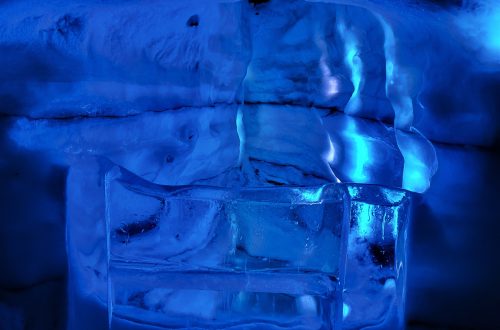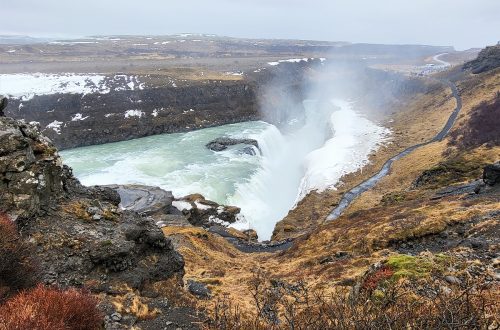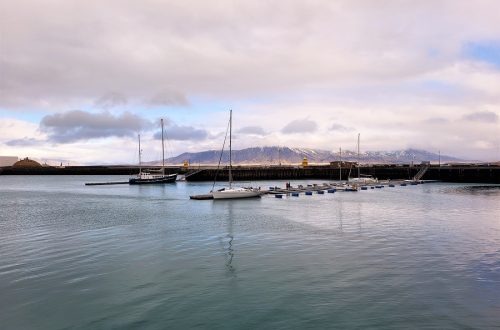A land of rugged coastlines, lush forests and picturesque towns and villages, Brittany stands out among the French regions for its spectacular scenery, unique culinary traditions and ancient Celtic roots.
There’s a wild spirit to the land and a strong sense of otherwordliness, which is enhanced by the many prehistoric standing stones (below) and burial grounds that abound in the region.
Occupying the north-westernmost point of France, the region was an independent duchy until the 15th century, when Anne, Duchess of Brittany, married the French king Charles VIII, followed by his successor Louis XII. It officially became part of France in 1532.
One of the things that marks Brittany out from other parts of France is its distinctive Celtic identity, and in particular, its language, Brezoneg, which is featured on road signs, and in shops and cafés.
Brezoneg, like Welsh, is one of the Celtic Brythonic languages, which means the two languages are fairly similar.
I loved the fact that as a Welsh speaker, I was able to make out Breton words and phrases, and as a result I felt a strong cultural affinity with this enchanting part of France.
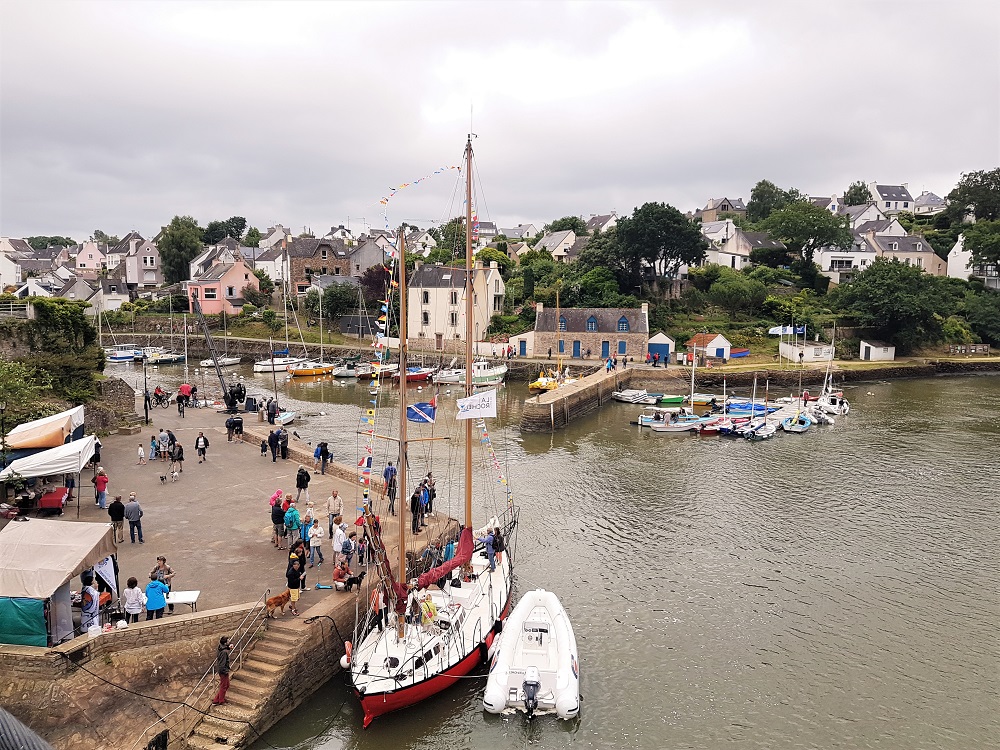
I first remember visiting Brittany when I was around nine or 10 years old, when we stayed in a house owned by a friend of my Dad’s.
I have fond memories of visiting a Breton festival while we were there, where I marvelled at the Breton music, costumes and folk dancing, and enjoyed crêpes filled with raspberry jam.
So when my parents invited me to spend a week with them at a g?te they’d rented in Le Bono (above), a small town off the southern coast in the Morbihan region, I jumped at the chance to revisit this extraordinary part of France.

Arriving in Brittany via the delightful port of Roscoff, we drove down to the southern coast and there during our week-long sojourn, we visited the characterful regional capital Vannes, the fabled megalithic standing stones at Carnac and the untamed C?te Sauvage (above).
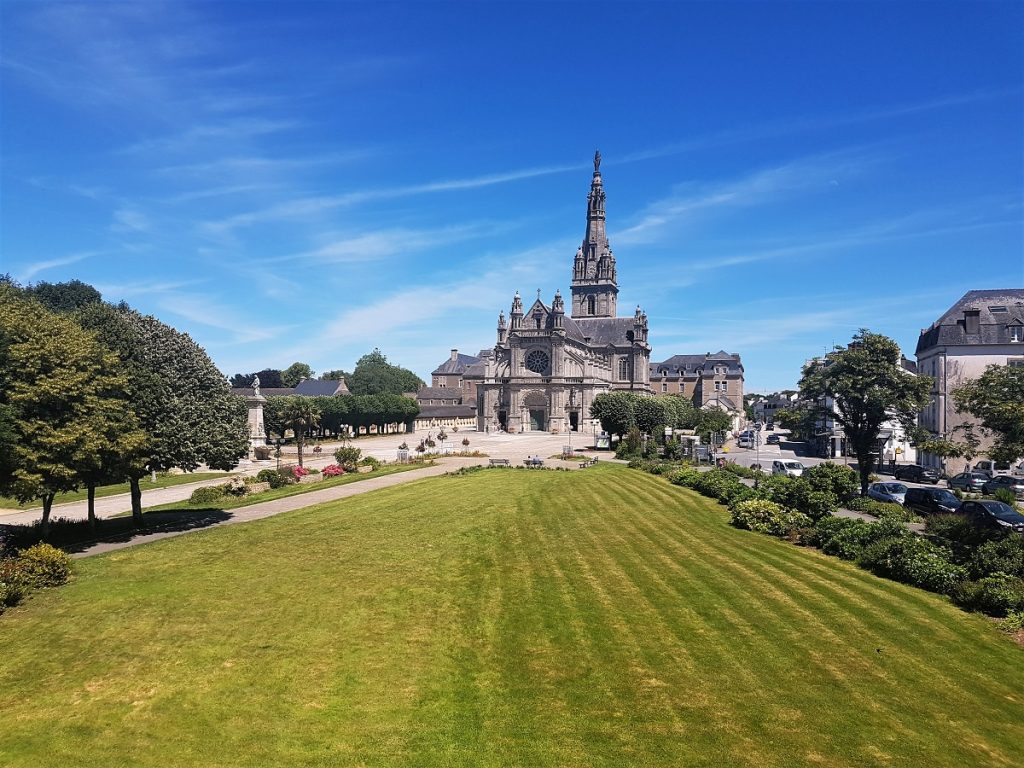
We also spent time exploring the idyllic Golfe du Morbihan and its largest island the ?le aux Moines, the seaside port of Quiberon, France’s second most important pilgrimmage site Sainte-Anne-d’Auray (above), and the charming port of Saint-Goustan (below) and the neighbouring town of Auray.
I loved our time in Brittany, so much so I went back again this September to further explore the southern coast, visiting the town of Quimperlé, the fishing port/vauban Concarneau, medieval Quimper and pretty Pont-Aven.
I’d happily go back to the region time and again. There’s lots to see and do, the food’s superb (I’m a sucker for crêpes and cider) and the people warm and friendly.
Over the next few posts, I’ll take you on a tour of the many places we visited, so stay tuned for my big Breton adventure…



